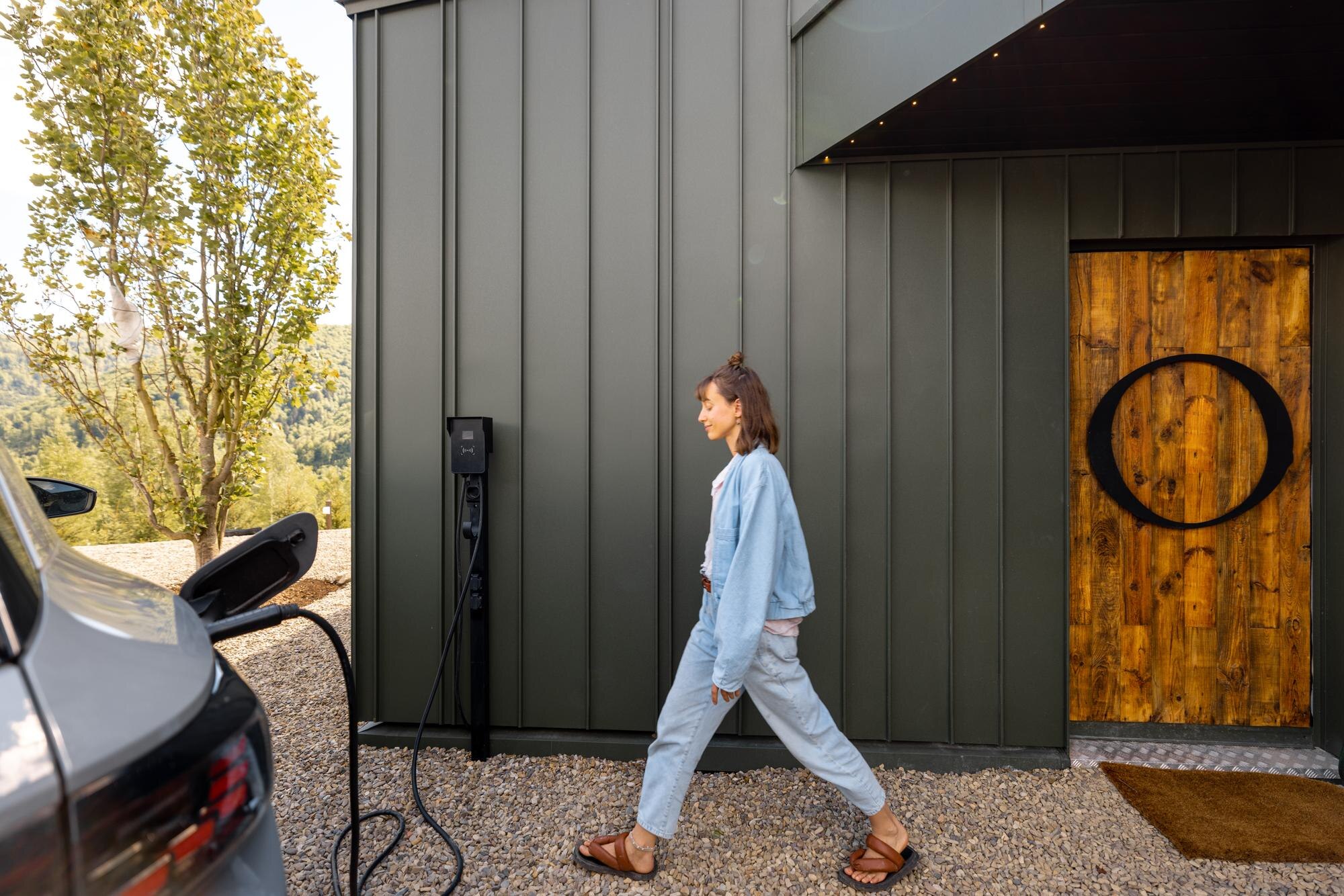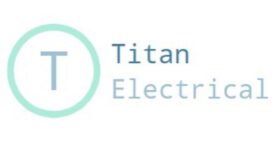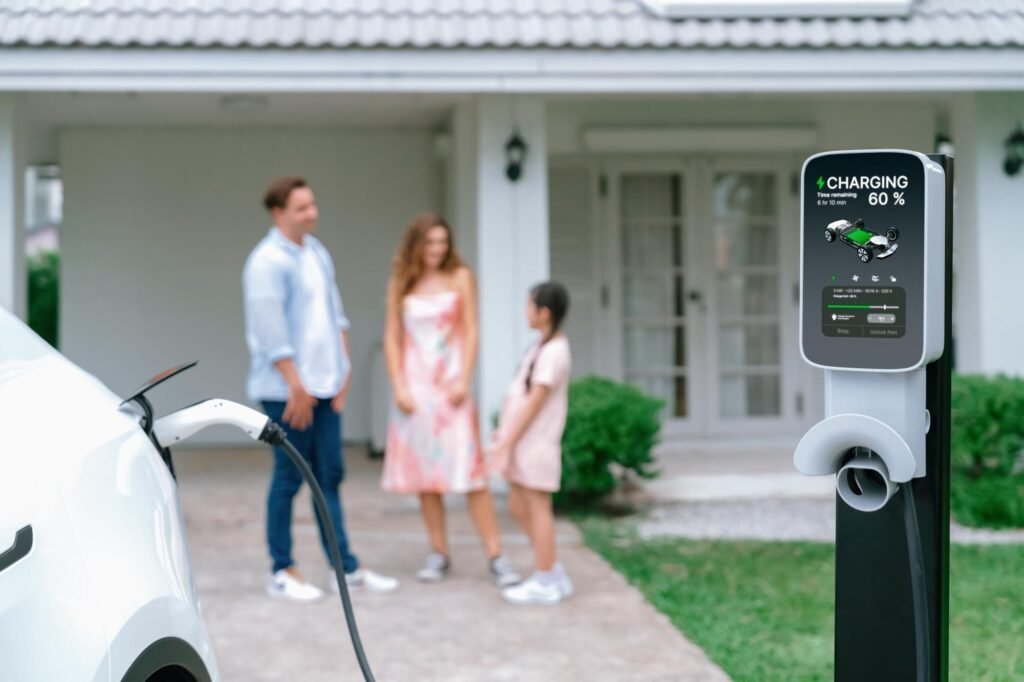A Guide to EV Charger Installations in Cambridge: What Homeowners Need to Know
As electric vehicles (EVs) become a common sight on Cambridge roads, more homeowners are considering the convenience of installing EV chargers at home. Whether you’re a seasoned property manager or a homeowner taking your first steps into the world of EVs, understanding the installation process is key to making the right choice. With the right guidance, you can navigate through local regulations, select a charger that fits your needs, and ensure a seamless charging experience. In this post, we’ll explore essential information about EV charger installations, including tips on choosing the perfect installer and what to expect during the process. Stay tuned to learn how Titan Electrical Ltd can help you power up your home for the future of driving.## Choosing the Right EV Charger
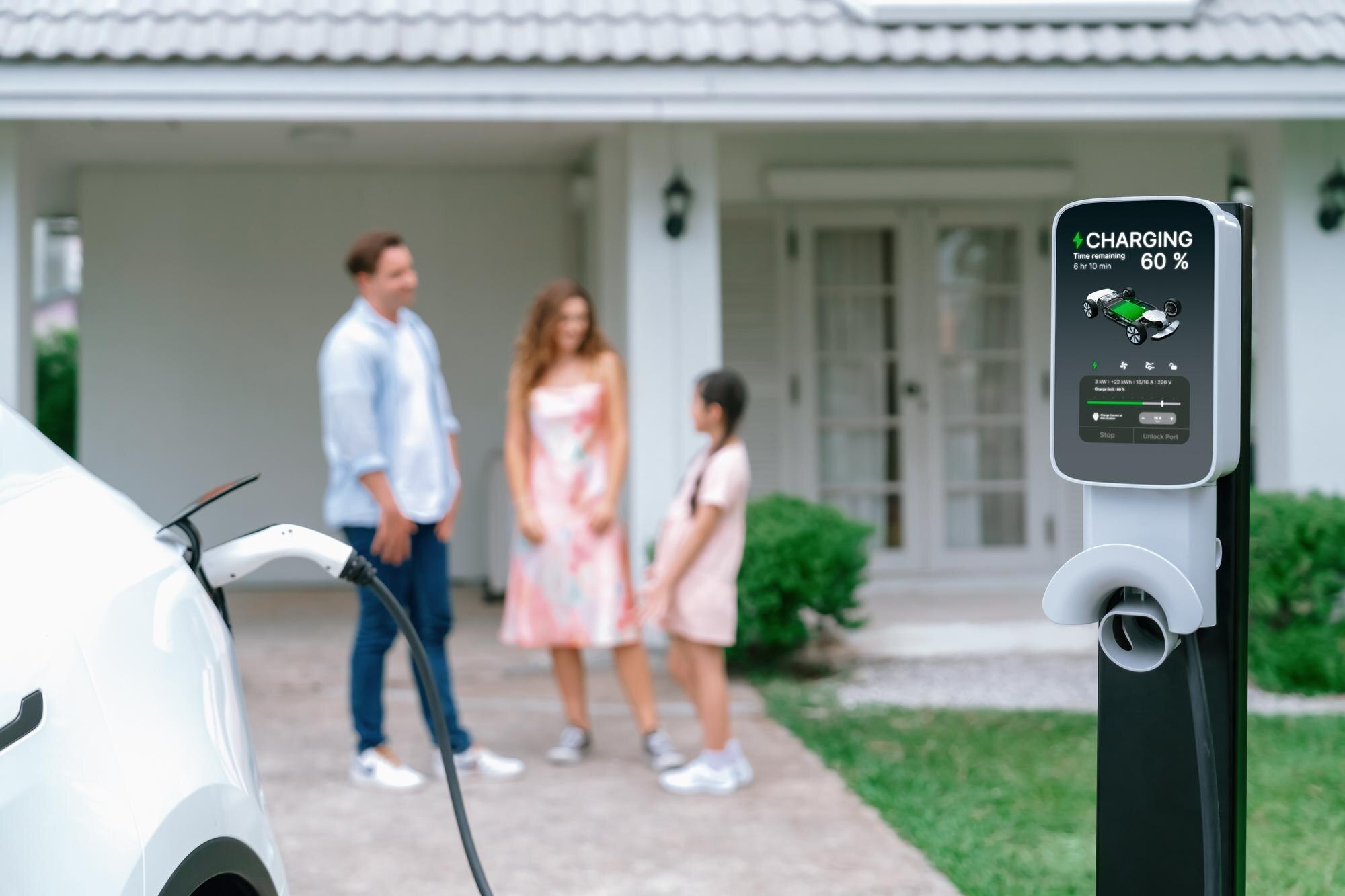
Selecting the perfect EV charger for your Cambridge home is a crucial step in your electric vehicle journey. Let’s explore the types of chargers available and how to determine your specific charging needs.
Types of Chargers Available
EV chargers come in three main types: Level 1, Level 2, and DC Fast Chargers. Level 1 chargers use a standard 3-pin plug and are the slowest option, suitable for overnight charging.
Level 2 chargers are the most common for home use, offering faster charging speeds. These typically require a dedicated 240V circuit and can fully charge most EVs in 4-8 hours.
DC Fast Chargers, while the fastest option, are rarely installed in homes due to their high power requirements and cost. These are more commonly found at public charging stations.
For most Cambridge homeowners, a Level 2 charger strikes the right balance between charging speed and practicality.
Determining Your Charging Needs
To choose the right charger, consider your daily driving habits and vehicle specifications. Start by calculating your average daily mileage and your car’s battery capacity.
Next, think about your typical schedule. Do you have long periods when your car is parked at home, or do you need quick top-ups between trips? This will help you decide on the necessary charging speed.
Also, check your vehicle’s maximum charging rate. There’s no point in installing a high-powered charger if your car can’t take advantage of it. Your EV’s manual or the manufacturer’s website should provide this information.
Installation Process Overview
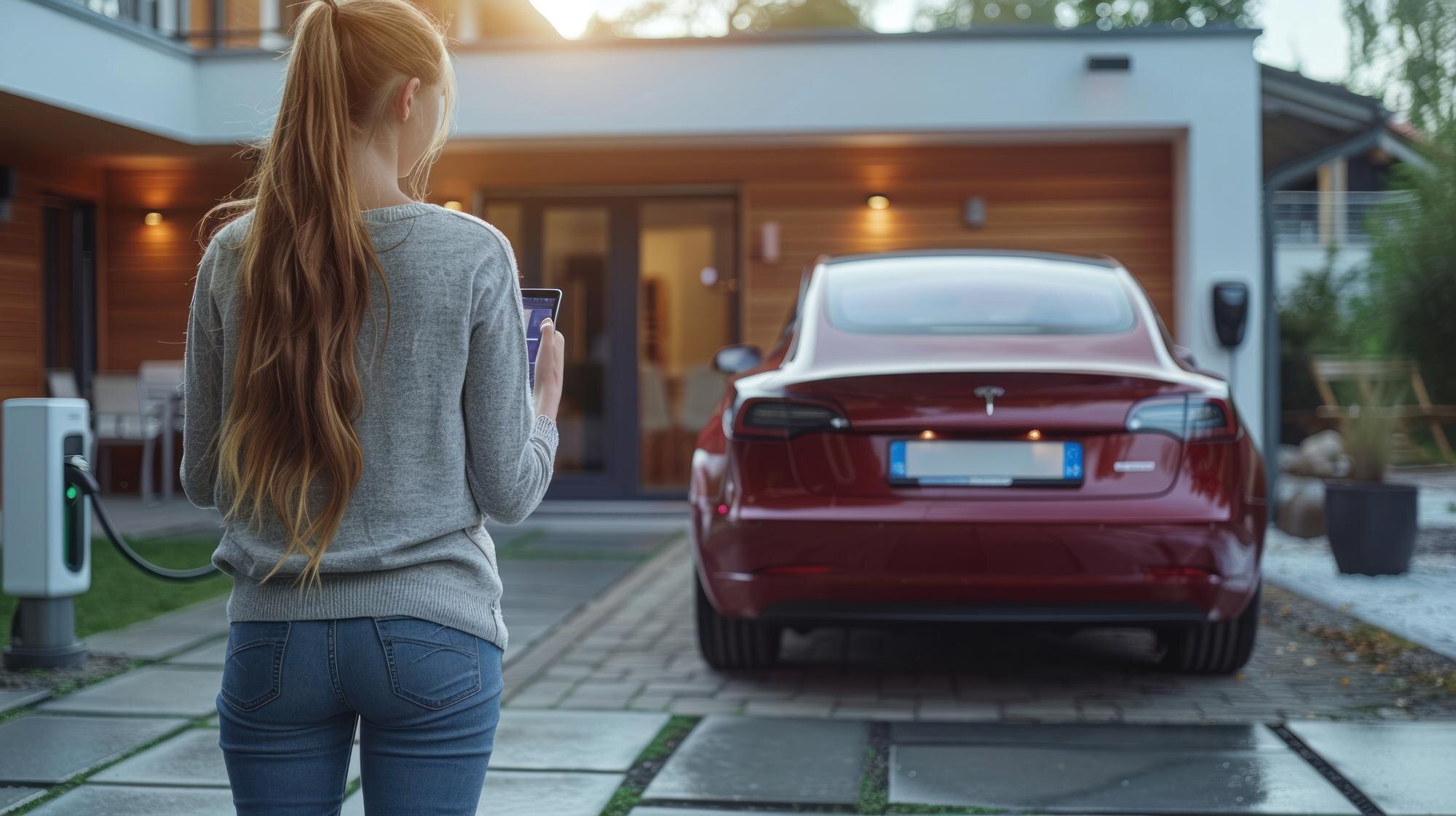
Installing an EV charger in your Cambridge home involves several steps, from finding a qualified installer to preparing your property for the new equipment. Here’s what you need to know about the process.
Finding Qualified Installers
When looking for an EV charger installer in Cambridge, start by checking for NICEIC accreditation. This ensures the electrician meets national standards for safety and competence.
Ask potential installers about their experience with EV chargers specifically. A good installer should be able to advise on the best charger type for your needs and any necessary electrical upgrades.
Don’t forget to get multiple quotes and check reviews from previous customers. This will help you find a reliable installer at a fair price.
Remember, choosing the right installer is crucial for a safe and efficient charging setup. At Titan Electrical Ltd, our NICEIC-approved electricians are experts in EV charger installations across Cambridge.
What to Expect During Installation
The installation process typically begins with a site survey. An electrician will assess your home’s electrical system and determine the best location for your charger.
On installation day, the electrician will:
-
Install a dedicated circuit from your consumer unit to the charger location
-
Mount the charging unit securely
-
Connect and test the charger
The process usually takes 2-4 hours, depending on the complexity of the installation. You might need to move your car to provide access, and there may be a brief power interruption during the work.
After installation, the electrician should provide you with operating instructions and answer any questions you have about using your new EV charger.
Maintenance and Safety Considerations
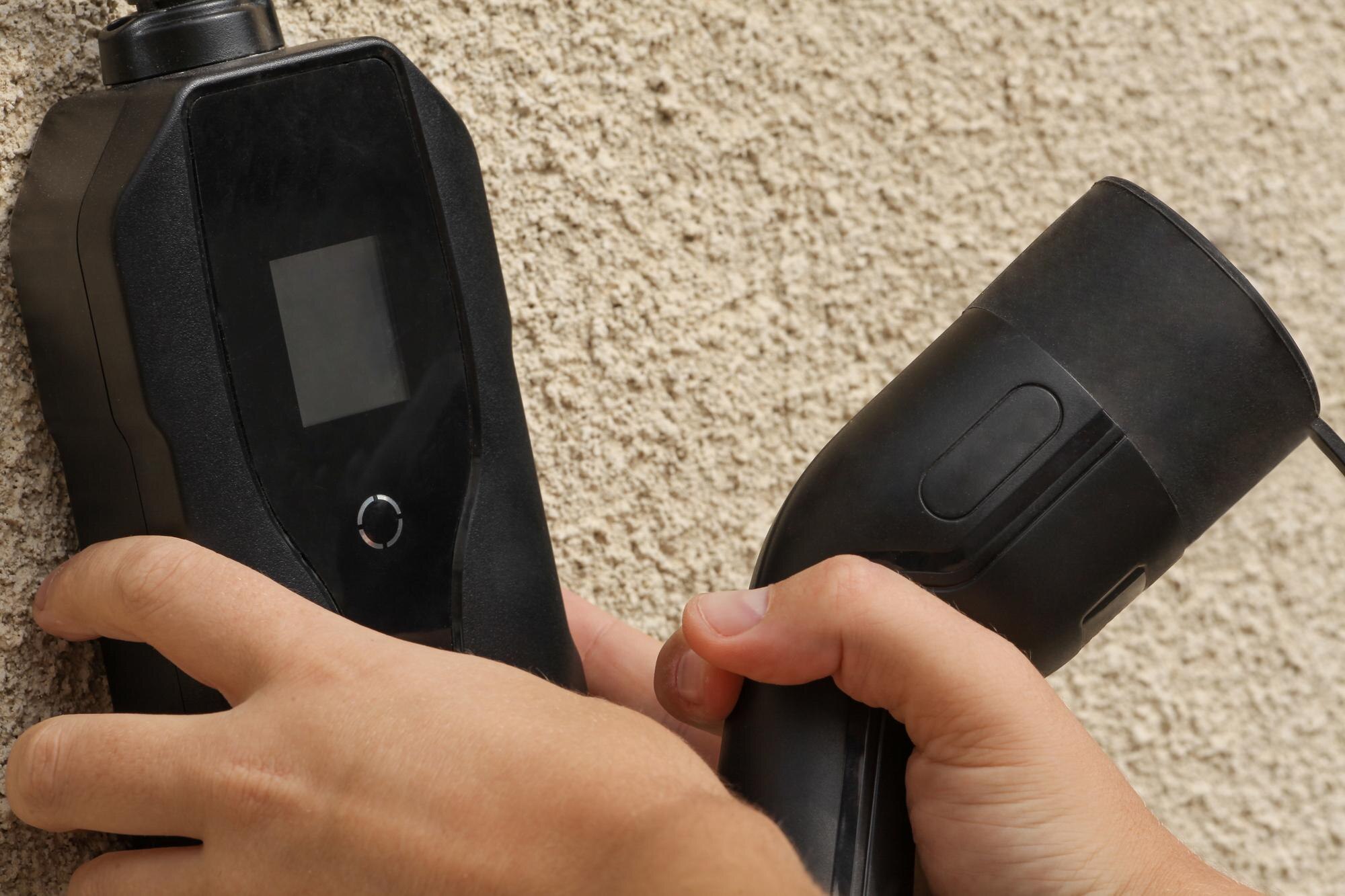
Proper maintenance and adherence to safety guidelines are essential for the longevity and safe operation of your EV charger. Let’s look at some key points to keep in mind.
Regular Checks and Upkeep
To keep your EV charger in top condition, perform regular visual inspections. Look for any signs of wear, damage, or loose connections on the charging cable and unit.
Keep the charger clean and free from dust or debris. Use a soft, dry cloth to wipe it down occasionally. Avoid using water or cleaning chemicals unless specified by the manufacturer.
Check the charging data on your EV or charger app periodically. Any unexpected changes in charging speed or efficiency could indicate a problem that needs professional attention.
For more thorough checks, consider having an annual inspection by a qualified electrician. They can test the electrical connections and ensure everything is working safely and efficiently.
Safety Tips for Homeowners
Safety should always be your top priority when using an EV charger. Never use your charger if you notice any damage to the cable or unit.
Keep your charging area clear of clutter and ensure good ventilation. While modern EV chargers are very safe, it’s best to avoid charging in enclosed spaces with poor air circulation.
Always follow the manufacturer’s instructions for use. Don’t try to modify your charger or use adaptors not approved by the manufacturer.
If you experience any issues with your charger, such as repeated tripping of your circuit breaker, stop using it and contact a qualified electrician immediately. Regular EICR Cambridge checks can help identify potential electrical issues before they become safety hazards.
Need a qualified NICEIC-approved electrician in Cambridge? Contact Titan Electrical Ltd today on [phone number] or visit our Contact page.
